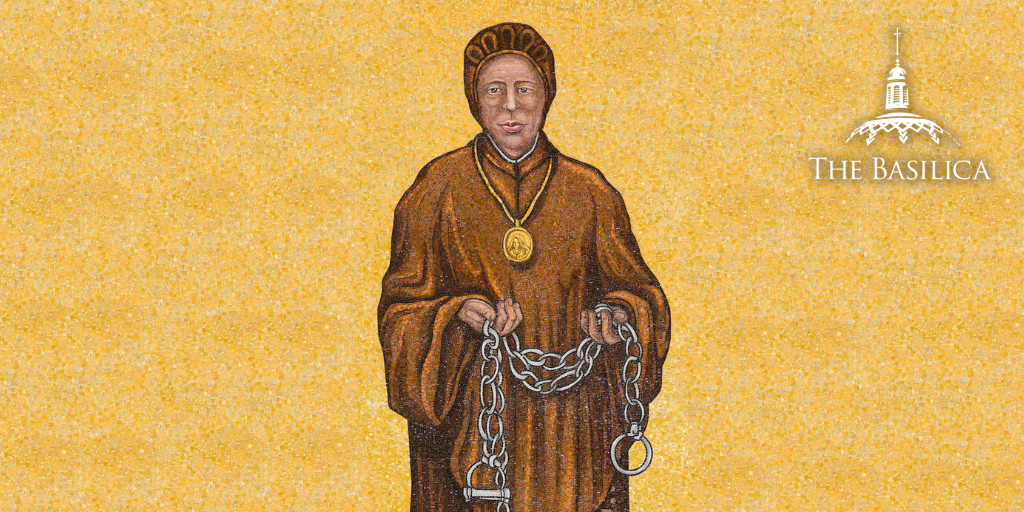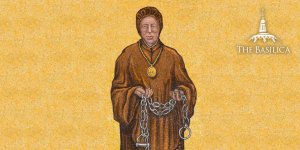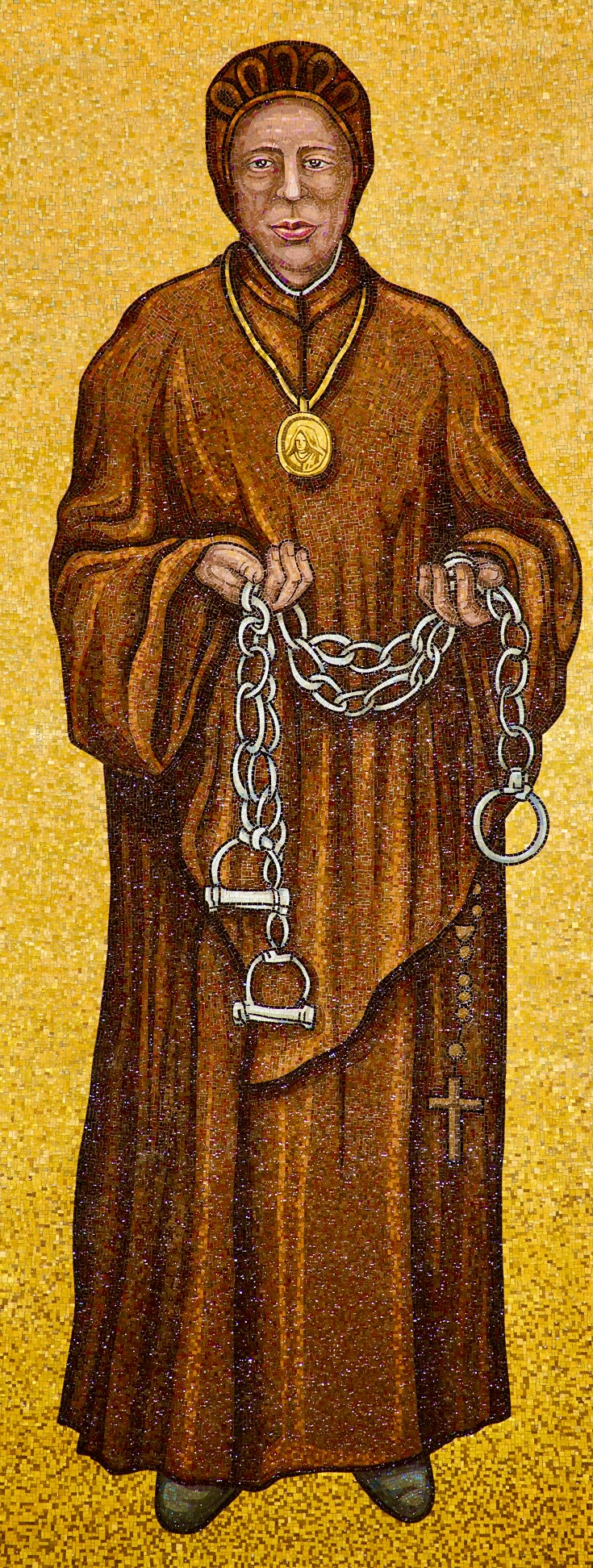
As we celebrate the Feast of St. Josephine Bakhita on February 8, we reflect on the significant impact that her ministry had on the Church. Here are five things that you should know about her life and legacy.
1. She is the patron saint of victims of human trafficking.
Josephine Bakhita’s life was marked by tragedy and hardship from a young age. While working in the fields with her mother at age nine, she was captured and sold into slavery. Because of her experience, she is now recognized as the patron saint of victims of human trafficking.
2. She received her name “Bakhita” from her captors.
The trauma of being forced into slavery affected her memory of her name, and her captors called her “Bakhita,” meaning “fortunate.” She attempted to escape on numerous occasions, but never succeeded, and was sold five times throughout El Obeid and Khartoum.
3. She was eventually purchased by an Italian consul, whose kind treatment transformed her life.
She enjoyed being with the consul, named Legnani, and requested to accompany him when he traveled to Italy. Once they arrived, he placed her in the household of the Michieli family, where she became a nanny for a time.
4. She gave her life to the Lord when she was sent to live with the Sisters of the Institute of the Catechumens.
Sometime later, the Michielis were called away to the Red Sea to manage a hotel, and Bakhita took residence with the Sisters of the Institute of the Catechumens in Venice. It was here that she realized God’s love had been at work in the Italian families who had been so kind to her. As the sisters instructed her in the way of the Lord, Bakhita found the answers to the myriad of spiritual questions that pressed on her mind. In 1890, they baptized her and gave her the name Josephine. Although the Michielis returned in due course, Josephine requested to stay at the sacristy, and Mrs. Michieli acquiesced.
5. She worked at the sacristy for the next 50 years, during which time she wrote her own biography.
At the sacristy, Josephine contributed to the order’s daily operations by cooking, sewing, and keeping the door. Her gentle spirit, sweet smile, and kind words of encouragement were an inspiration to all she met. Over a 20-year period, she wrote her autobiography, and following its publication in 1930, she traveled the world, sharing her story and the hope Christ had given her.
You can find Saint Josephine Bakhita portrayed in the Basilica’s Trinity Dome Mosaic.
Source:
Butler’s Lives of Saints, ed. Bernard Bangley


